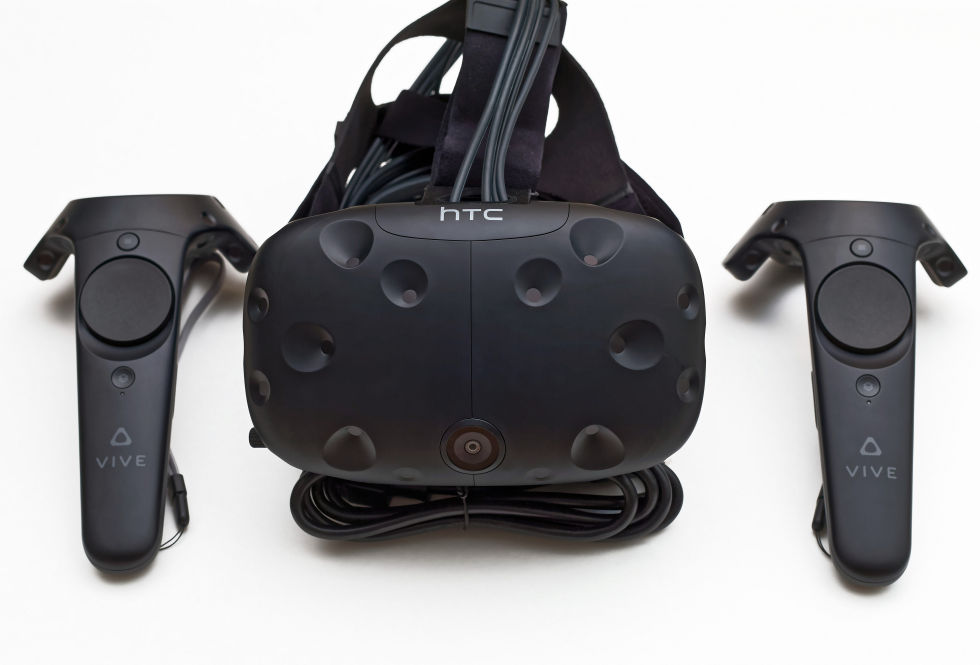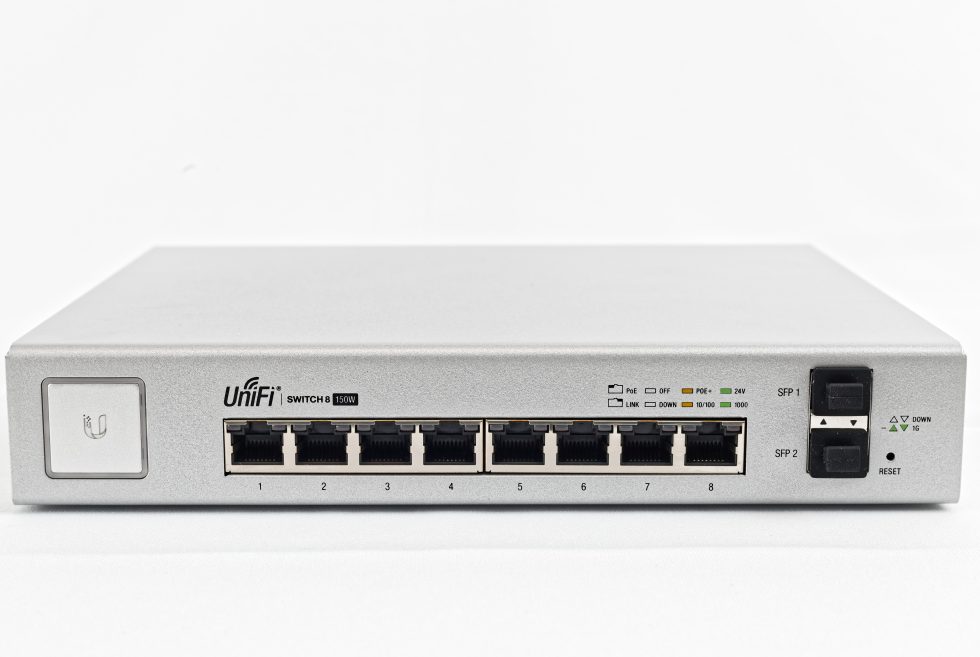
Enlarge / Vive la Vive! (Or is it el Vive? Crap...) (credit: Lee Hutchinson)
My name is Lee and I’m a hardware-a-holic.
(Hi, Lee.)
In walking the long path to VR on the PC, I’ve built a new gaming computer from scratch, bought peripherals out the wazoo, and, of course, pre-ordered both an Oculus Rift and an HTC Vive so I wouldn't have to choose between the two. If we’re including things like the peripherals I use when playing some VR games—like my Warthog HOTAS and Slaw Device pedals—then my grand total is hovering at $4,000 or so in VR-related expenses.








